Insect-Pest of Sugarcane & IPM Control Solution
Sugarcane worldwide is attacked by a variety of insects from a broad spectrum of orders, such as Lepidoptera, Homoptera*, Coleoptera, Hemiptera, Orthoptera and Isoptera (Assef and Conlong 2009).
Sugarcane
Sugarcane is an important cash crop in many tropical and subtropical countries and is one of the main sources of sugar production in the world. Sugarcane is cultivated on about 26.0 million hectares, in more than 90 countries, with a worldwide harvest of 1.83 billion tons (FAO 2012). For centuries, farmers have cultivated sugarcane to produce sugar. This remarkable crop is of big importance as a cash crop for families and smallholders in developing countries. Sugarcane is mostly cultivated warm in climates, therefore top producers are Brazil, India, China, Thailand, and Pakistan. The main purpose of its cultivation today is also sugar production. However, the use of sugarcane is expanding into the products such as ethanol and biofuel, biomass used for electricity, and bioplastics. Sugarcane crop incurs losses by insect pests under modern agriculture. Every part of cane endures attack from one or the other pest since planting to harvesting. The utility of pesticides has not been spectacular against most species of moth borers, white grubs and scales. This has diverted the attention of entomologists to biocontrol more than ever. Scientists estimate that insect pests cause almost 20 to 40% of farmer’s yield losses. Borers are one of the most significant insect pests that attack sugarcane, thus endangering farmer’s productivity as well as sugar recovery losses in sugar industries.
Pest Scenario
About 288 insects (David 2004) of which nearly 24 cause heavy losses to the quality as well as quantity of the crop sugarcane and about 76 noninsect pests are also reported to this crop (David and Nandagopal 1986). The scenario of insect pests and diseases varies in subtropical and tropical belts of sugarcane (Anon 2013). The long duration of sugarcane crop, sometimes extending from 10 to 18 months followed by one or two ratoons, provides a sort of monoculture and continuous stable agroecosystem for multiplication of insect pests staggered planting of sugarcane to meet the long duration crushing needs of sugarcane factories and extensive cultivation of only a few varieties, which may sometimes be susceptible for some pests over large areas and make it ideal for build-up of pests. Moreover, in this crop the application of insecticides is very limited, partly because of stability of pest population maintained through natural control by a number of natural enemies present in the sugarcane field and also difficulties in application of insecticides in grown-up crops.
Sugarcane ecosystem has several unique features compared to other cash crops. Though sugarcane ecosystem is a stable one, it is periodically affected by biotic and abiotic changes in the environment; besides the above-mentioned factors, indiscriminate transport of seed materials, growth of sugar mills, improved farm practices and agro-technologies and occurrence of drought and floods have played an important role in hanging insect pest situation in certain regions. Many minor pests have become major in some areas, like root borer which was a minor pest and has become a serious problem. Scale insects which were considered to be minor pests in some areas have become a major problem in certain locations. Stalk borer once originally confined to waterlogged areas has now spread to other plain areas. Gurdaspur borer once confined to Punjab has spread to Haryana. Similarly, recent outbreaks of jassids, woolly aphids, etc. are the glaring examples of changing pest situation in sugarcane.
Sugarcane worldwide is attacked by a variety of insects from a broad spectrum of orders, such as Lepidoptera, Homoptera*, Coleoptera, Hemiptera, Orthoptera and Isoptera (Assef and Conlong 2009).
The list of major and minor insect pests of sugarcane and the losses caused by them is furnished in Table 9.1. The heavy losses caused by pests include total elimination of plant setts by termites, young shoots by shoot borers and older canes by stalk and top shoot borers also by white grubs, etc. lead to cane yield losses including sucrose content and sugar recovery (Table 9.2). M. V. Geetha et al
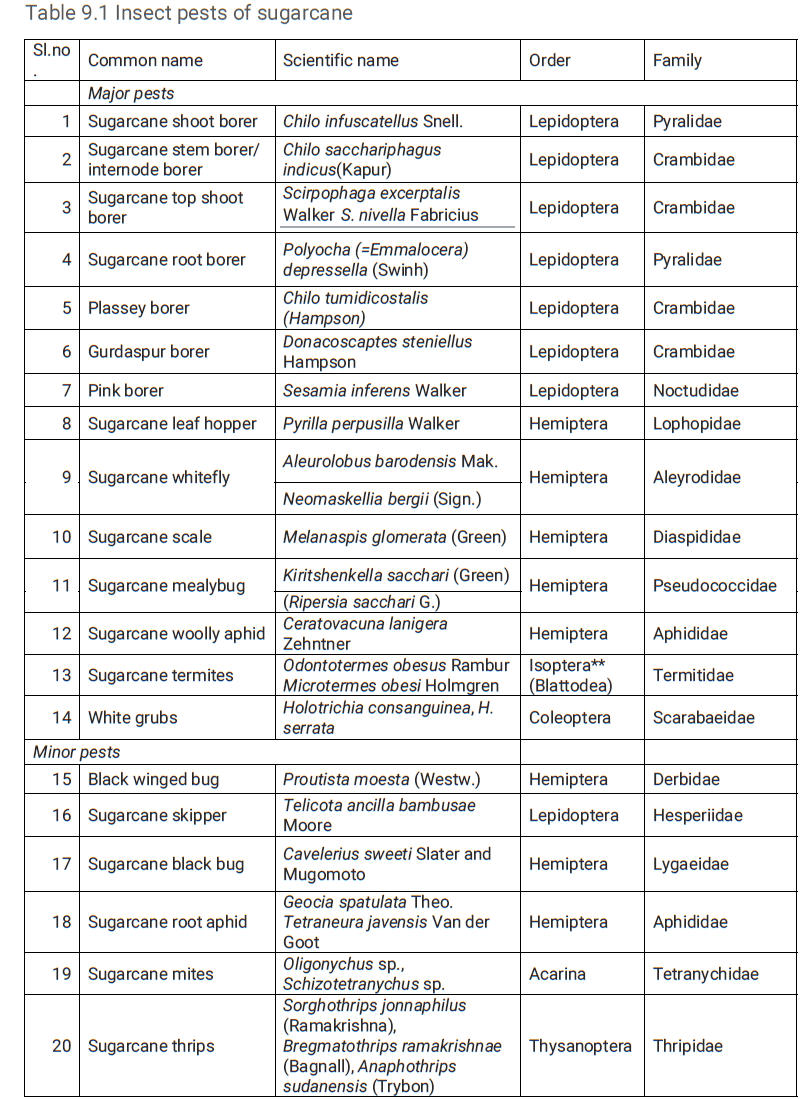



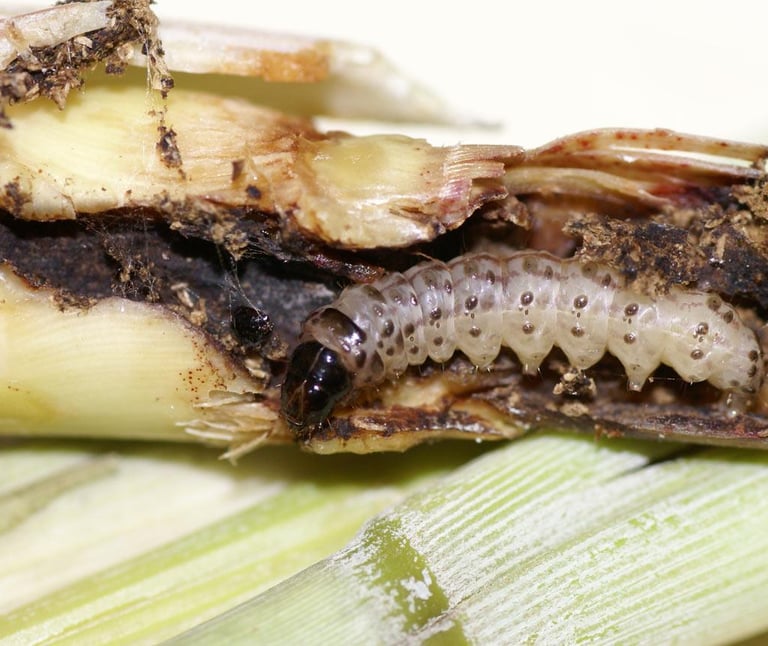

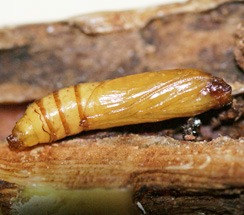

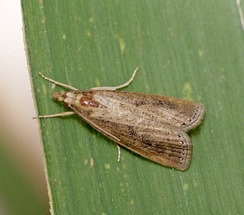

Early shoot borer (Chilo infuscatellus)
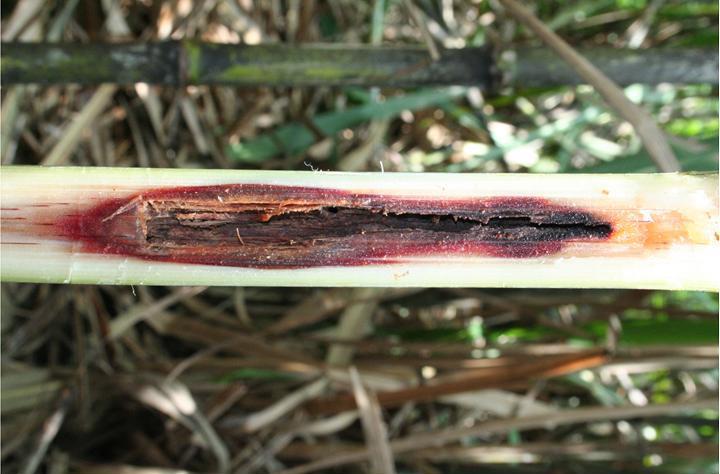


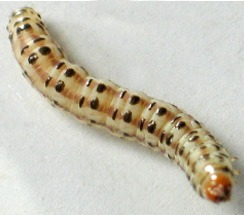
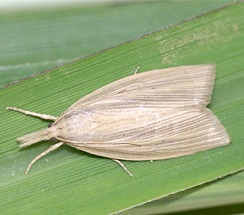

Sugarcane stem borer/ internode borer Chilo sacchariphagus indicus(Kapur)
Role of IPM in management of sugarcane pest management.
As earlier mentioned in this blog, the utility of pesticides has not been spectacular against most species of moth borers, white grubs and scales. This has diverted the attention of entomologists to integrated pest management more than ever. In sugarcane ecosystem number of natural enemies are present and they play important role in maintaining the population of pest through natural control. In order to maintain the balance of natural enemies in sugarcane ecosystem use of synthetic insecticides must be avoided.
Sugarcane worldwide is attacked by a variety of insects from a broad spectrum of orders, such as Lepidoptera, Coleoptera, Hemiptera, Orthoptera and Isoptera**. To address this issue and protect the sugarcane from insect-pest associated damage broad-spectrum IPM solution is the need of hour. Here, we “Ai-Genix” come at your rescue with our AI-Enabled broad-spectrum insect-pest control technology.
BraveHawk®- A broad-spectrum crop protection technology
Our indigenously developed insect-pest control technology BraveHawk® is highly efficient and broad-spectrum pest control solution to control the population of herbivorous and omnivorous insect-pest from the following taxonomic order.
Hemiptera (True Bugs, cicadas, planthoppers, leafhoppers, Aphids (winged adults only), Mealybug (winged male), Scale (Winged male), shield bugs and Allies)
Coleoptera (Beetles)
Lepidoptera (Moths)
Blattodea (Termites)
Orthoptera (grasshoppers, crickets, katydids, weta, lubber, Acrida, and locusts)
Diptera (Mosquito, midge, horsefly, etc.)
Hymenoptera (Sawflies, ants, etc.)
Thysanoptera (Thrips)
IPM solution offered by Ai-Genix for sugarcane pest management
During our multiple field trials and experiments in sugarcane crop grown in multiple geographical regions, our BraveHawk® Series Devices shown quite promising results. The deployment of BraveHawk® Series Devices in field resulted in around 40% increase in the yield over sugarcane crop cultivated using conventional crop protection methods.
Our BraveHawk® Series Devices efficiently managed the population of Sugarcane shoot borer, Sugarcane stem borer/ internode borer, Sugarcane top shoot borer, Sugarcane root borer, Plassey borer, Gurdaspur borer, Pink borer, Sugarcane leaf hopper, Sugarcane whitefly, Sugarcane woolly aphid Sugarcane termites, White grubs, Black winged bug, Sugarcane skipper Sugarcane black bug, Sugarcane thrips, and etc.
Notes:
*Homoptera is a suborder of order Hemiptera that is considered by some taxonomists to be paraphyletic, and therefore deprecated (obsolete).
** Blattodea is an order of insects that contains cockroaches and termites. Formerly, termites were considered a separate order, Isoptera, but genetic and molecular evidence suggests they evolved from within the cockroach lineage









